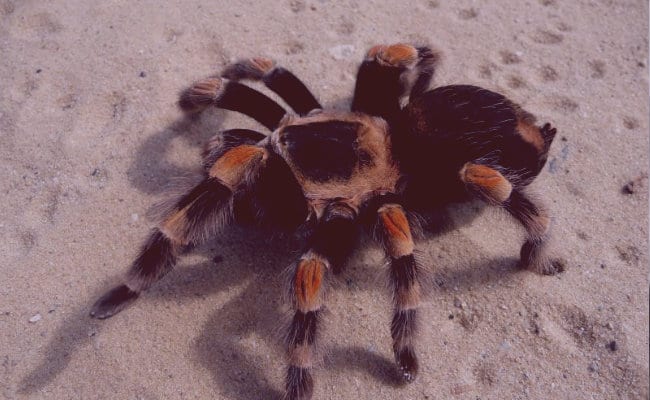Did you know that in some species oxygen is absorbed directly into the tissues?
I know it sounds a bit crazy, since most likely most of them have that pattern in their heads in which oxygen enters through the nose, reaches the lungs where the exchange of gases with the blood occurs in the alveoli, however, in some species, as is the case with insects, the process is totally different, since it does not involve the action of the circulatory system, and it is called tracheal respiration.
The species that develop this type of respiration are equipped with tracheae, which invaginate in the body, giving rise to a system of tubes with walls reinforced by rings composed of chitin. The tracheas are those that allow the passage of air to the system of the species.
Arachnids and arthropods are some of the examples of animals that develop tracheal-type respiration.
Definition of trachea breathing

It is a type of respiration, which could be defined as direct, since air is supplied to the cells, without requiring blood as a transport fluid, as is the case with respiration in human beings.
The respiratory system of insects conducts the oxygen directly to the cells, where the waste product (carbon dioxide) is removed to transport it to the outside. It is composed of a connection of species of tubes, which are responsible for introducing respiratory gases into the body and for carrying out gas exchange at the cell level. Air enters through a series of external openings called spiracles that lead to a network of tubes called tracheae. These tracheae repeatedly branch out to the tracheae.
How does tracheal breathing occur?
Being typical in insects and other terrestrial arthropods, this type of respiration occurs thanks to the fact that these organisms present a series of tubes, called tracheae, that open to the outside through holes called stigmata. These are the most important structures in the process.
The tracheas, similar to a pipe system, branch out to all parts of the body which establishes important connections that allow the exchange of gases: oxygen (O2) and carbon dioxide (CO2), is performed directly on all cells. The air is pumped through the anterior stigmas, which inflates the abdomen of the species. Once the stigmas are closed, it is observed how the abdomen contracts and the released carbon dioxide goes out through the posterior stigmas.
Gas exchange in tracheal respiration, it is carried out following the mechanism of a physical process called diffusion, in which the product of a concentration gradient of the entered air stream, and the concentration in which the element is found in the cells, is promotes the release of an undesirable gas for the body (CO2), and the absorption of vital oxygen. Because we have a higher concentration at the air inlet, this gas passes from the tracheas into the cells through the pores of the cell membranes, until the concentrations on both sides equalize, and at the point of equilibrium the process stops.
The same thing happens with carbon dioxide, although in an inverse way, since it is the cells that generate it as a by-product in their reactions to obtain energy. Thus, the concentration of this gas inside the cells is much higher than in the air, so it passes towards the tracheae to equalize its concentration.
Structures involved
The transport of air, taken from the environment, is carried out successfully in organisms that carry out tracheal respiration, thanks to the joint action of a series of structures, among which it is worth mentioning:
- Tracheas: They are invaginations of the integument, which present a covering, or cuticle, which is replaced during the change of skin. The size of this structure is less than 0.8 millimeters. The tracheas branch out inside the animal and become thinner, so that they are introduced through all the tissues. In this way, they reach the vicinity of all the cells of the insect, in a similar way to how blood capillaries do in the human body.
- Stigmas or spiracles: The opening that we get between the trachea on the body surface is called a blowhole or stigma, and these are located, in the regions called: mesothorax, metathorax and abdomen. Spiracle occlusion is usually regulated by muscle-actuated valves. It is an important characteristic of spiracles, or respiratory pores, that they are usually protected in most insects by tiny hairs, whose function is analogous to that of a filter that prevents the entry of dust particles and microorganisms.
- Tracheoles: They are branches that penetrate even muscle cells, and it is important to note that their wall is very thin, which does not allow the free exchange of gases and water. The tracheae are somewhat covered with a liquid known as hemolymph, which is the same that bathes the tissues.
Importance of respiration
Respiration could be defined as the most important act for the development of vital functions, and this is supported by the undeniable fact that all processes are related to oxidation and reduction reactions, even within organisms, development of the reactions requires oxygen. The actions of cell division and regeneration are carried out, thanks to the presence of this element. Its importance in metabolic processes, and in the release of toxins, is also recognized.
Its supply is so important that species cannot subsist in its absence.